
Can you imagine drinking green orange juice or eating brown strawberry ice cream?
Studies indicate that consumers associate taste and freshness with a food’s natural color and if the food does not match consumer’s expectations, it is perceived as old or of poor quality.
Inevitably coloring has become a major factor in selecting ingredients for today’s functional foods and beverages.
Various factors such as cost of production, government health laws and consumer preferences contribute to the development of the global natural food colors market. Due to the evolution of health and the growing availability of technology and information, consumers are more conscientious with how food is prepared. They prefer to buy foods with natural colorings and flavorings, which has led to a steady rise in the global natural food colors market.
How is artificial different from natural food coloring? Food colors that are made in laboratories are considered synthetic while natural food colorings originate from a plant, animal or mineral source.
Natural food colors come from berries, green leafy vegetables, fruits and roots that are high in antioxidants, vitamins and other nutrients. Based on volume and revenue, carotenoids account for the highest usage while other popular natural colorings include curcumin and anthocyanin found in berries and grapes.
Just like their artificial counterparts, natural food colorings are commonly used in confectionary, dairy, frozen foods, sweet and savory snacks and baked goods. They have also made their way into drinks with up to 50% of beverages in the US containing non-synthetic sources of food coloring.
The global natural food colors market is expected to rise to 6.9 % CAGR between 2016-2024. In 2016, the US natural food colors market was 1.26 billion and is expected to reach 2.16 billion by 2024. North America and Europe are the top consumers by region while the Asia Pacific region is expected to have the highest growth rate based on revenue.
While synthetic food colors are still used by food manufacturers, consumers are demanding more natural options, causing this market to grow rapidly. Synthetic food colors may be less expensive, readily available throughout the year and more stable to work with but studies have shown that natural food colors are much better for overall health and worth the small difference in price and seasonal availability.
NP Nutra® offers a wide range of colorful powders that can be used as natural food colorings. Listed here are some of the most popular:
| Color | Image | NP Nutra's Ingredients |
|---|---|---|
Green |
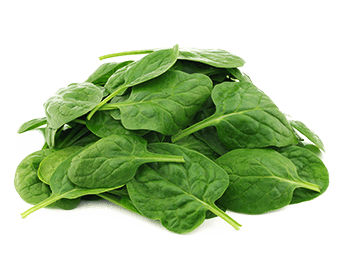
|
Spinach Powder (organic) Green tea P.E 50% Wheatgrass Powder (organic) |
Orange |
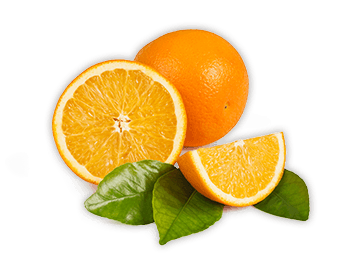
|
Carrot Juice Powder (organic) Mango Juice Powder Orange Juice Powder Papaya Juice Powder (organic) |
Yellow |
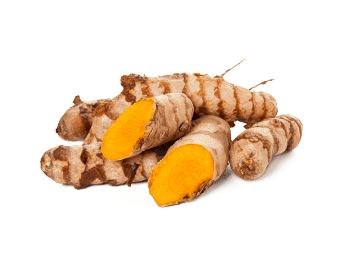
| Turmeric Powder (organic) |
Red |
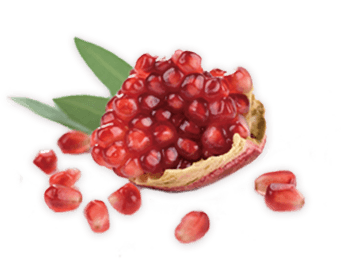
|
Pomegranate Juice Powder (organic) Strawberry Juice Powder |
Pink |

|
Dragonfruit Freeze-dried Powder |
Purple |

|
Acai Juice Powder (organic) Beetroot Juice Powder (organic) Grape Juice Powder (organic) |
Blue |
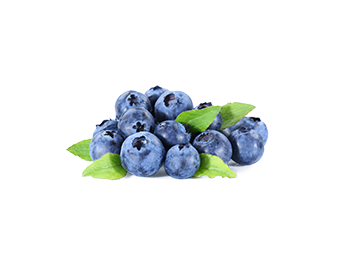
|
Blueberry Juice Powder (organic) Spirulina Powder (organic) |
Brown |
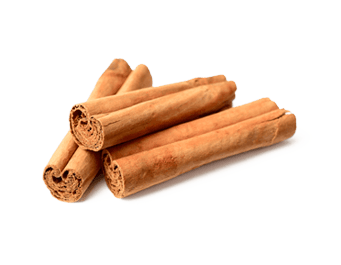
|
Cocoa Powder (organic) Ceylon Cinnamon Powder (organic) |
All of our powders are processed at GFSI or ISO certified state-of-the-art manufacturing facilities around the world to ensure products meet our Triple-T standards of purity, quality and sustainability.
For a complete listing of our premium products please check our website or contact your Account Manager.
References:
https://www.acs.org/content/acs/en/education/resources/highschool/chemmatters/past-issues/2015-2016/october-2015/food-colorings.html
https://www.chemistryworld.com/feature/the-natural-food-dye-revolution/9322.article
https://www.fda.gov/downloads/AdvisoryCommittees/CommitteesMeetingMaterials/FoodAdvisoryCommittee/UCM273033.pdf
https://www.grandviewresearch.com/industry-analysis/natural-food-colors-market





